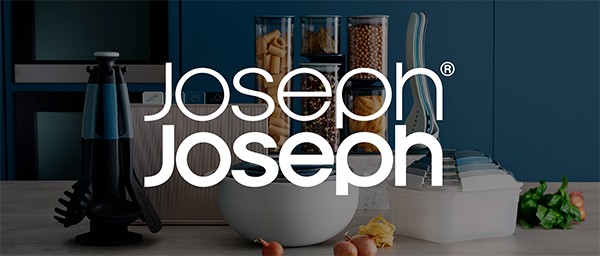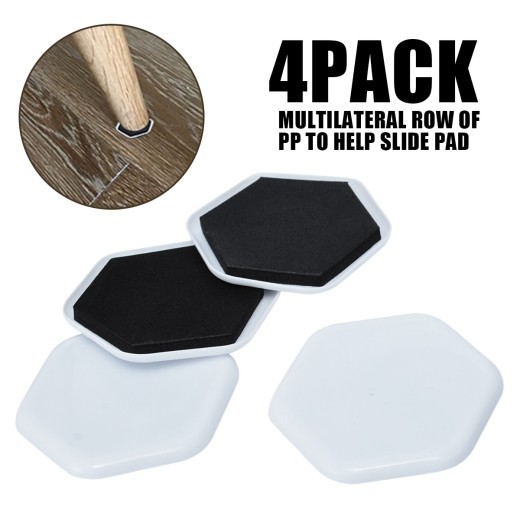
Furniture Floor Protectors
Furniture Floor Protectors: Keep Your Floors Safe and Your Furniture Stable
Specification:
Brand new and high quality!
Type: Sliding pad
Color: Black
Material: PP EVA
each side length: 4cm
Application: Folding bed, folding shelves,etc
Quantity: 4pcs
Package included:
4pcs x Furniture moving sliders pad
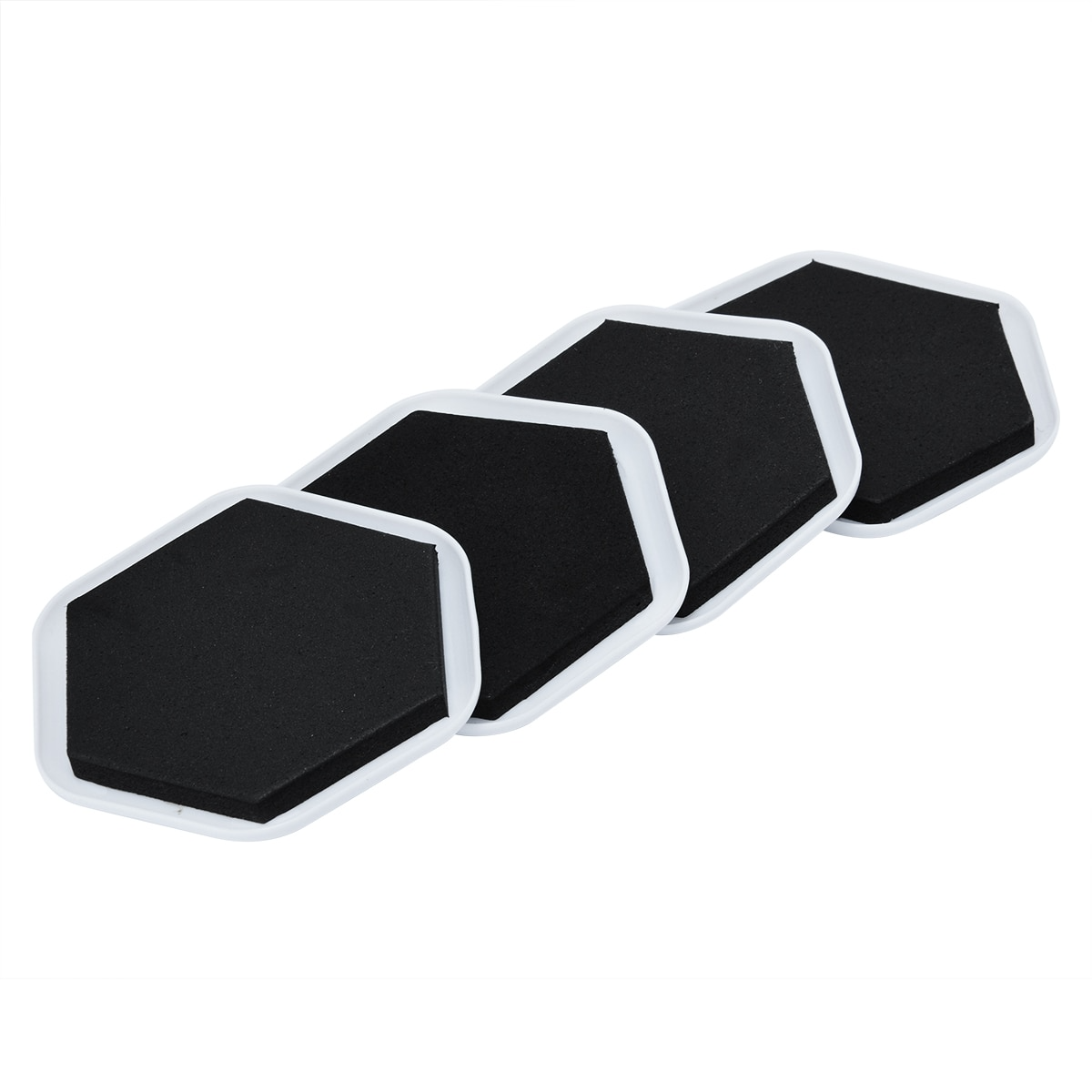
Introduction: The Essential Solution for Floor Protection and Furniture Stability
Furniture floor protectors are an easy and effective solution to safeguard your floors from scratches, scuffs, and other types of damage caused by heavy furniture. Whether you have hardwood, tile, laminate, or carpeted floors, these protectors provide an extra layer of defense, ensuring your floors remain beautiful for years to come. At the same time, they help maintain the stability and longevity of your furniture by reducing friction and preventing wear and tear on furniture legs.
From felt pads to rubber caps, there are many types of furniture floor protectors designed to suit various types of furniture and flooring materials. Not only do they preserve the integrity of your floors, but they also make moving furniture much easier and quieter. Let’s explore the different types of furniture floor protectors and how they can enhance both the functionality and aesthetic of your space.
Key Features of Furniture Floor Protectors
1. Variety of Materials
Furniture floor protectors come in a wide range of materials, each with its own unique set of benefits. The most common materials include:
-
Felt Pads: Soft and smooth, felt pads are ideal for hardwood floors, tile, and laminate. They provide a cushion between
furniture legs and the floor, reducing friction and preventing scratches.
-
Rubber Caps: These are perfect for furniture that is moved often. Rubber is durable and provides a grip that keeps
furniture stable while protecting the floor from scratches.
-
Silicone Protectors: Flexible and soft, silicone protectors are often used for furniture that’s placed on hard floors. They
can mold to the shape of the furniture leg, offering an excellent balance of protection and grip.
-
Plastic or Nylon Glides: These are excellent for protecting carpets. The hard plastic or nylon surface allows furniture to
glide smoothly over carpeted floors without damaging the fibers.
-
Cork Pads: A more eco-friendly option, cork pads offer protection similar to felt but with a natural material. They are
ideal for eco-conscious consumers and work well on various types of flooring.
2. Ease of Installation
Many furniture floor protectors are designed for simple installation. Whether you choose adhesive-backed pads, slip-on caps, or screw-on glides, most protectors are quick and easy to apply. Some options require no tools at all, making them perfect for DIY enthusiasts or anyone looking to avoid complex installation processes.
- Adhesive Felt Pads: Simply peel and stick these pads to the bottom of your furniture legs.
- Slip-On Rubber Caps: These can be easily slid over furniture legs for a snug, secure fit.
-
Screw-In Glides: For a more permanent solution, some protectors can be screwed into the furniture leg for added stability.
3. Non-Slip and Stable
Furniture floor protectors are designed to keep your furniture stable and in place. Many options, such as rubber or silicone caps, have a non-slip surface that prevents furniture from sliding around. This is especially useful for tables and chairs that may move on smooth floors, preventing unwanted shifting and potential accidents.
-
Grip Surface: The non-slip surface adds stability, keeping your furniture in place even in high-traffic areas.
- Stable Protection: Protects both the floor and the furniture by absorbing movement and friction.
4. Versatility
Furniture floor protectors are versatile enough to be used on all types of furniture and floors. Whether you're using them on chairs, sofas, tables, or cabinets, you can find a protector designed for your specific needs. They are perfect for use on a variety of flooring types, such as:
-
Hardwood Floors: Felt and silicone protectors are ideal for protecting hardwood floors from scratches and scuffs caused by
furniture legs.
-
Tile and Laminate: Rubber and plastic protectors work well on smooth, hard surfaces like tile and laminate, preventing
damage from heavy furniture.
-
Carpeted Floors: Plastic or nylon glides are designed to protect carpeted floors while allowing furniture to move easily.
5. Noise Reduction
Moving furniture can often cause loud scraping sounds, especially on hard floors. Many furniture floor protectors, particularly felt pads and rubber caps, reduce noise by providing a cushion between the furniture and the floor. This makes moving furniture less disruptive, especially in apartments or spaces where noise reduction is a priority.
-
Soft Cushioning: The soft felt or rubber cushioning absorbs impact, reducing the sound created when moving furniture.
Benefits of Using Furniture Floor Protectors
1. Protects Your Floors from Damage
The primary benefit of using furniture floor protectors is to prevent floor damage. Without protectors, furniture can scrape and scratch floors, leading to costly repairs or replacements. Floor protectors help preserve the appearance and quality of your flooring, whether it’s hardwood, tile, laminate, or carpet.
-
Prevents Scratches: The soft materials of furniture protectors act as a buffer between furniture and floors, preventing
scratches from occurring.
-
Reduces Wear and Tear: Protectors prevent furniture legs from wearing down, which can also contribute to floor damage over
time.
2. Improves Furniture Longevity
Furniture floor protectors reduce friction between furniture legs and the floor, preventing damage to the furniture itself. By absorbing the stress that furniture legs place on floors, protectors can extend the lifespan of your furniture, ensuring it remains in good condition for longer.
-
Prevents Leg Damage: Keeps furniture legs from being chipped, scratched, or worn down by constant movement or contact with
rough surfaces.
-
Minimizes Movement: Helps keep your furniture stable, reducing stress on the joints and structure of your furniture.
3. Prevents Floor Damage from Moving Furniture
Whether you’re rearranging furniture or just moving pieces around, furniture floor protectors make the process smoother and less damaging. By reducing friction, protectors allow furniture to glide more easily across floors, minimizing the risk of damaging both the furniture and the flooring.
-
Glide Without Scraping: Moves furniture more easily without dragging, reducing the risk of scraping or leaving marks on the
floor.
-
Protects During Cleaning: Makes it easier to move furniture when cleaning floors, ensuring the furniture doesn’t cause
floor damage during routine maintenance.
4. Noise Reduction
As mentioned earlier, furniture floor protectors help reduce noise when moving furniture. This is particularly useful in apartments, offices, or homes where noise is a concern. Protectors ensure that furniture can be moved quietly, preventing loud scraping sounds.
-
Quieter Movement: Ensures furniture moves silently across hard floors, improving comfort and reducing disruption.
5. Cost-Effective Protection
Furniture floor protectors are an affordable way to protect both your floors and your furniture. A small investment in quality protectors can save you from expensive repairs, floor replacements, or furniture damage in the long run.
How to Choose the Right Furniture Floor Protectors
1. Consider Your Flooring Type
Choose protectors that are specifically designed for the type of flooring you have. Felt pads are ideal for hardwood, tile, and laminate floors, while plastic or nylon glides are better for carpets.
2. Size and Fit
Ensure that the floor protectors fit the legs of your furniture properly. Some protectors are adjustable, while others come in specific sizes to match the diameter or shape of the furniture leg.
3. Durability
Look for durable materials that can withstand heavy furniture and frequent movement. High-quality felt pads, rubber caps, and nylon glides are designed to last and continue providing protection over time.
4. Type of Furniture
Consider the type of furniture you’re protecting. Chairs and tables may need different types of protectors compared to couches or cabinets. Some protectors come with adhesive backing for easy application on furniture legs, while others slip on or are screwed in place.
The product may be provided by a different brand of comparable quality.
The actual product may vary slightly from the image shown.
Shop amazing plants at The Node – a top destination for plant lovers

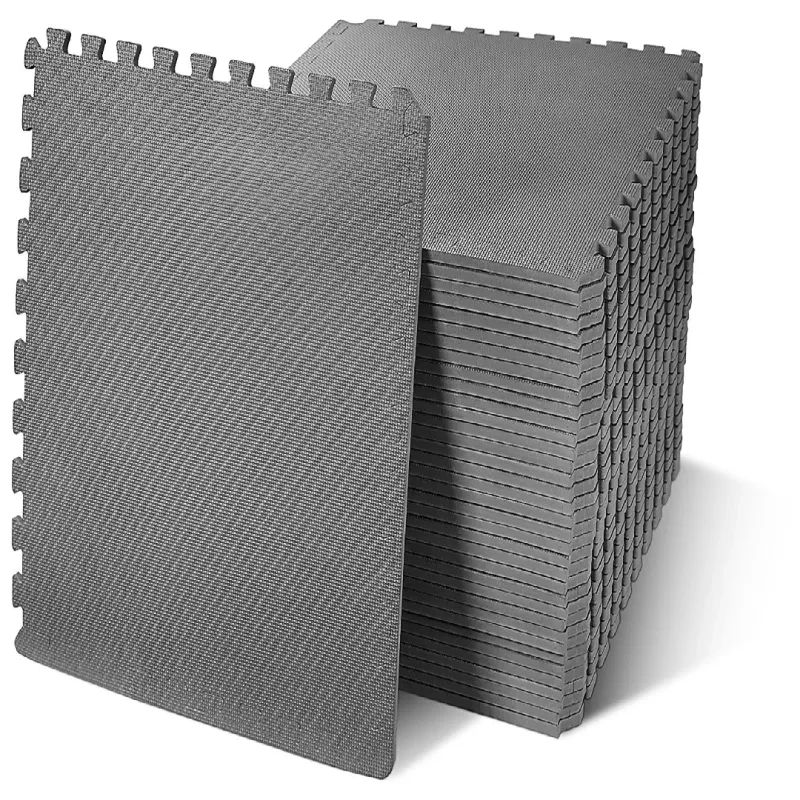
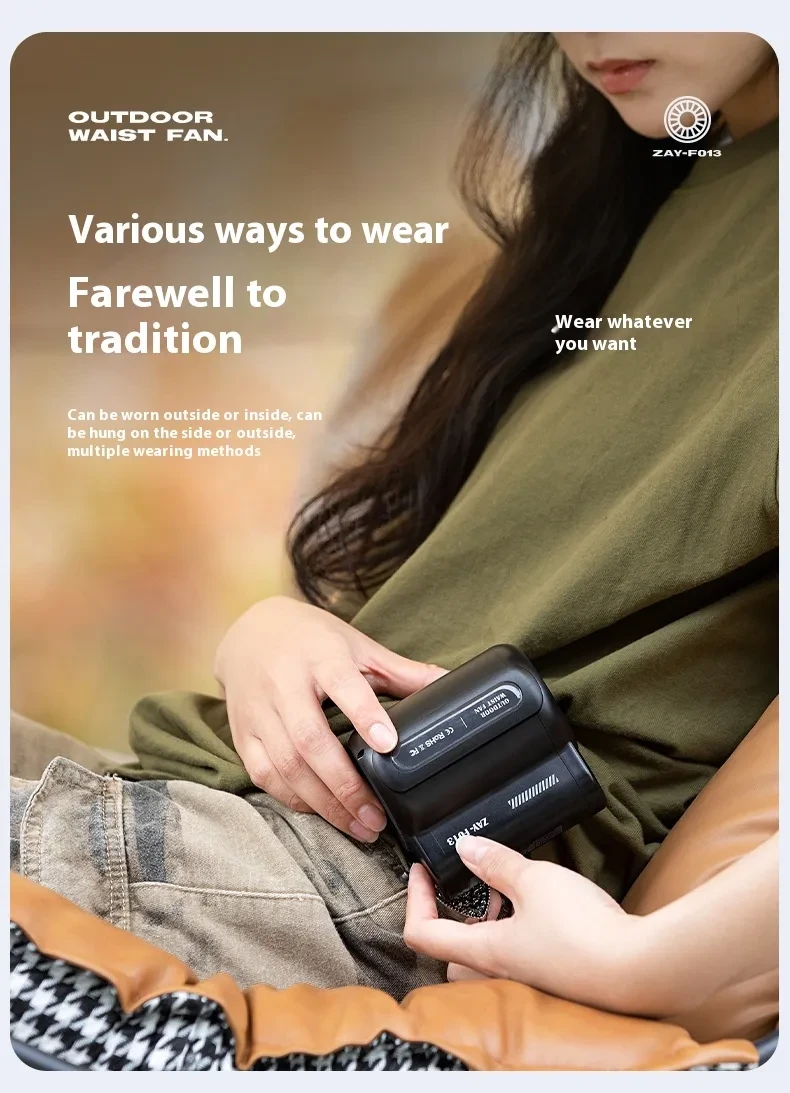

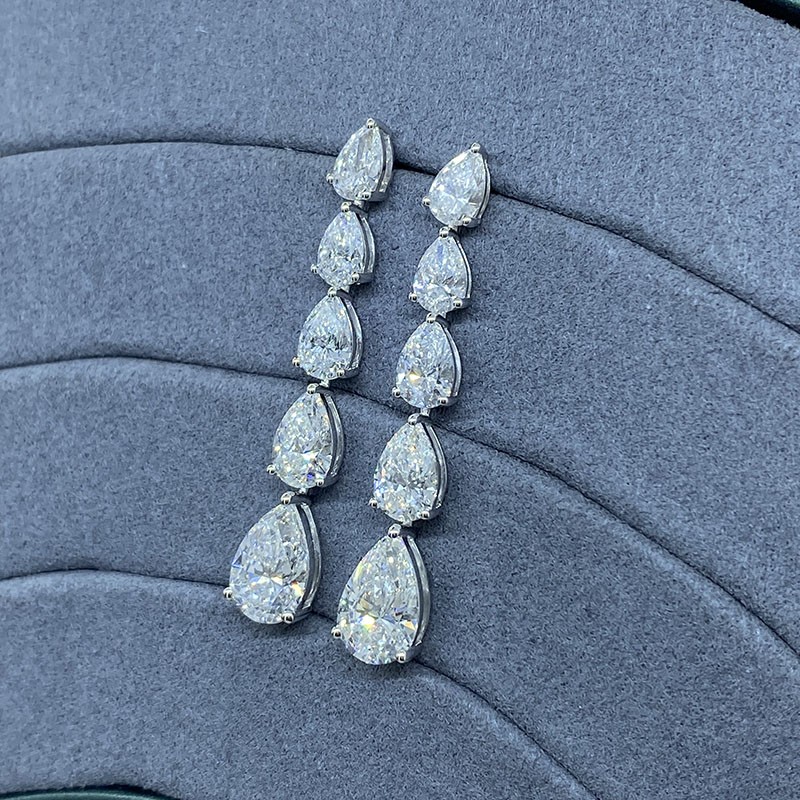
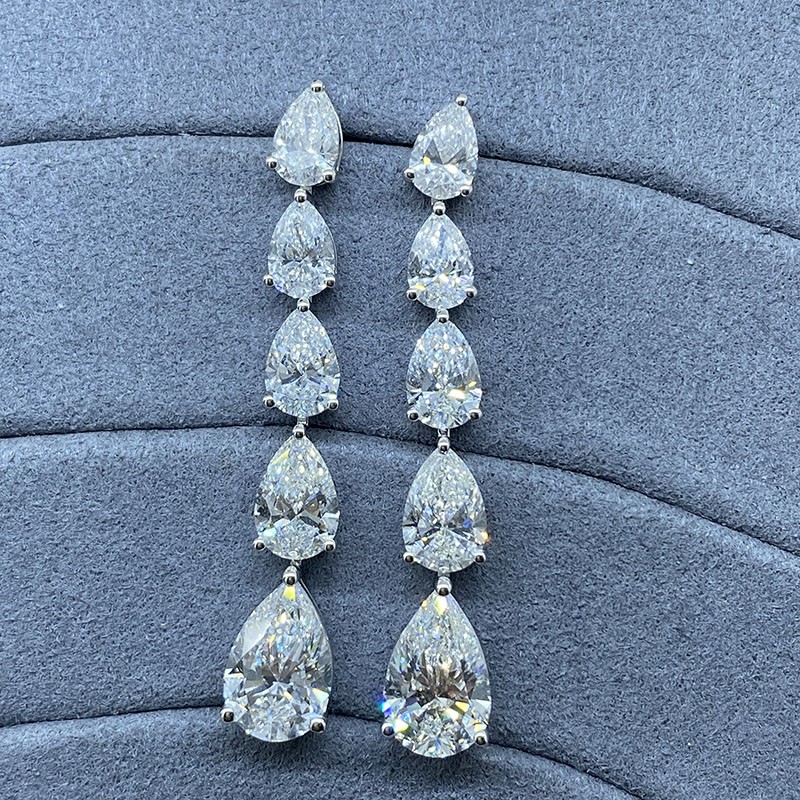
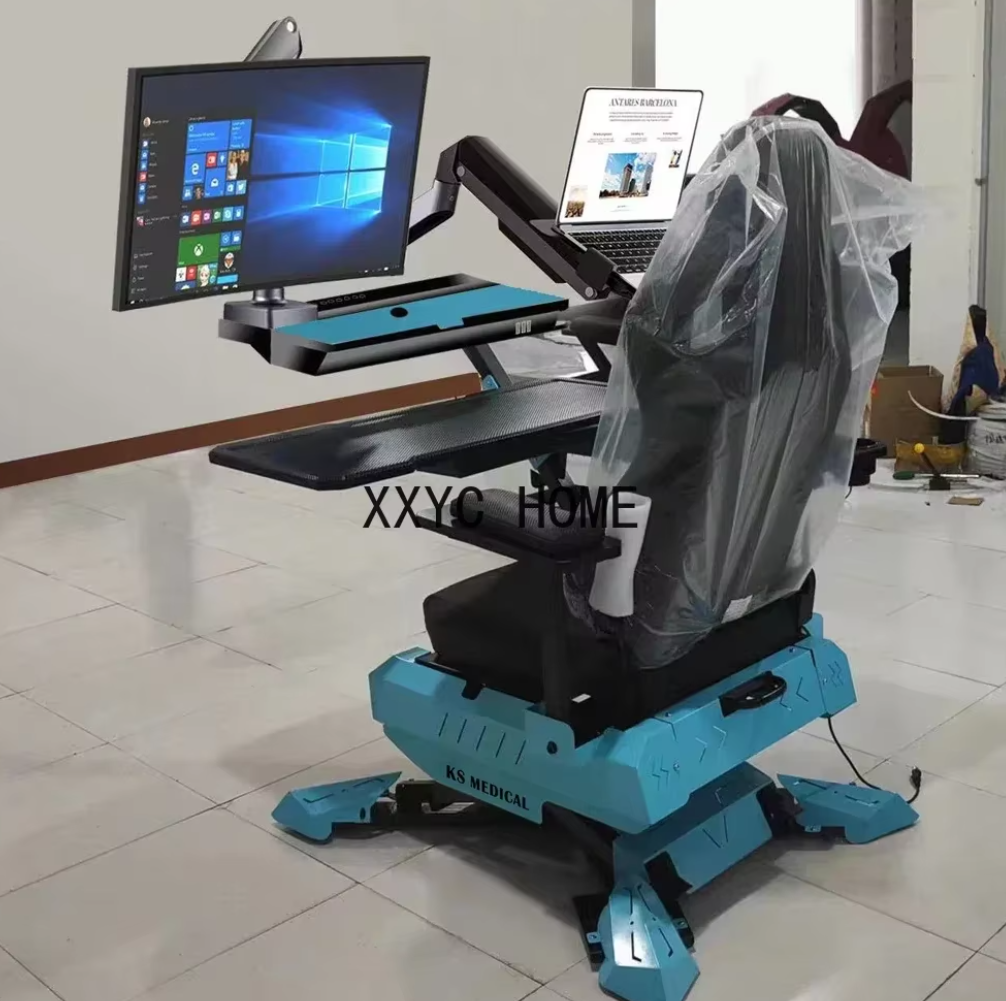
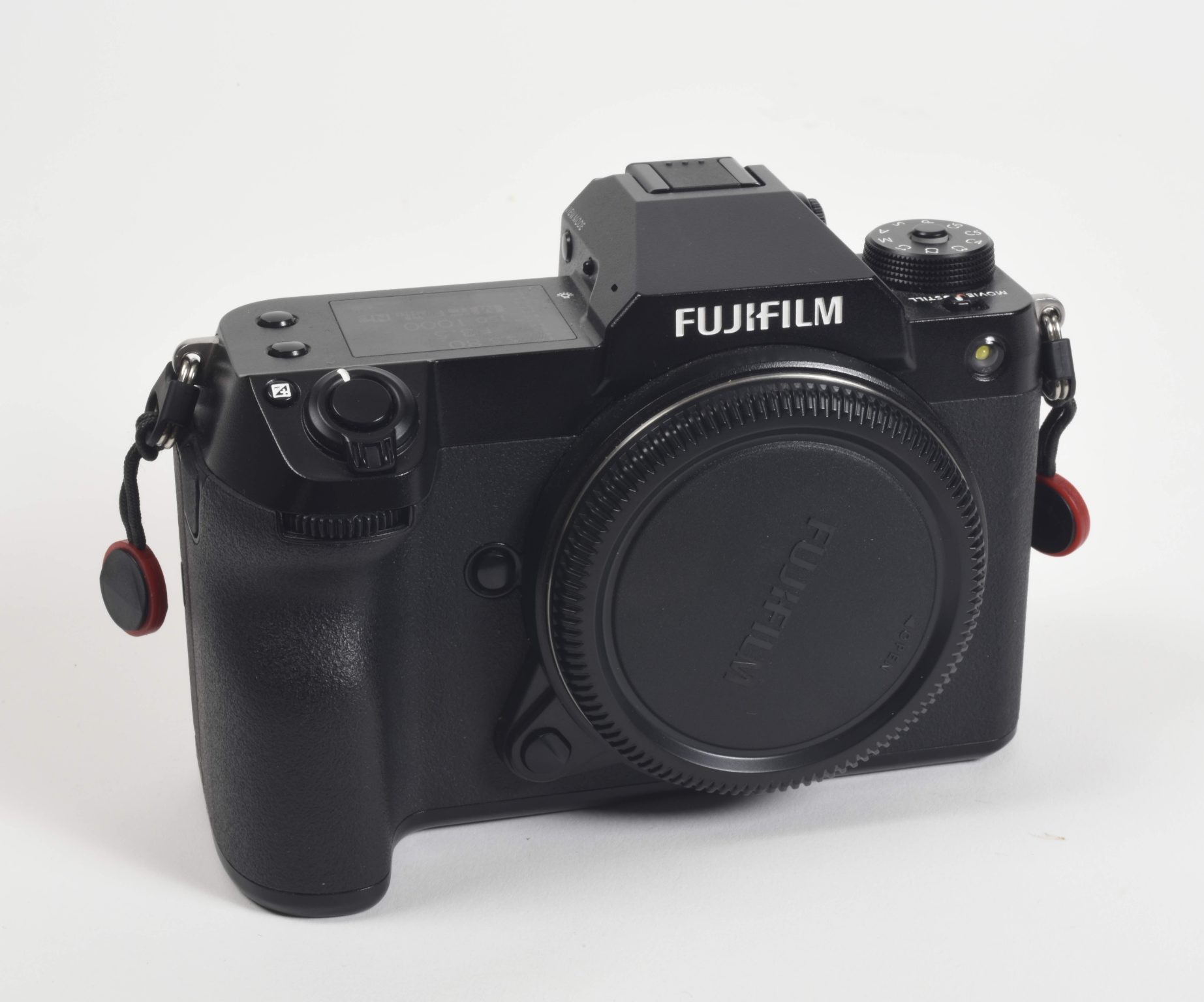
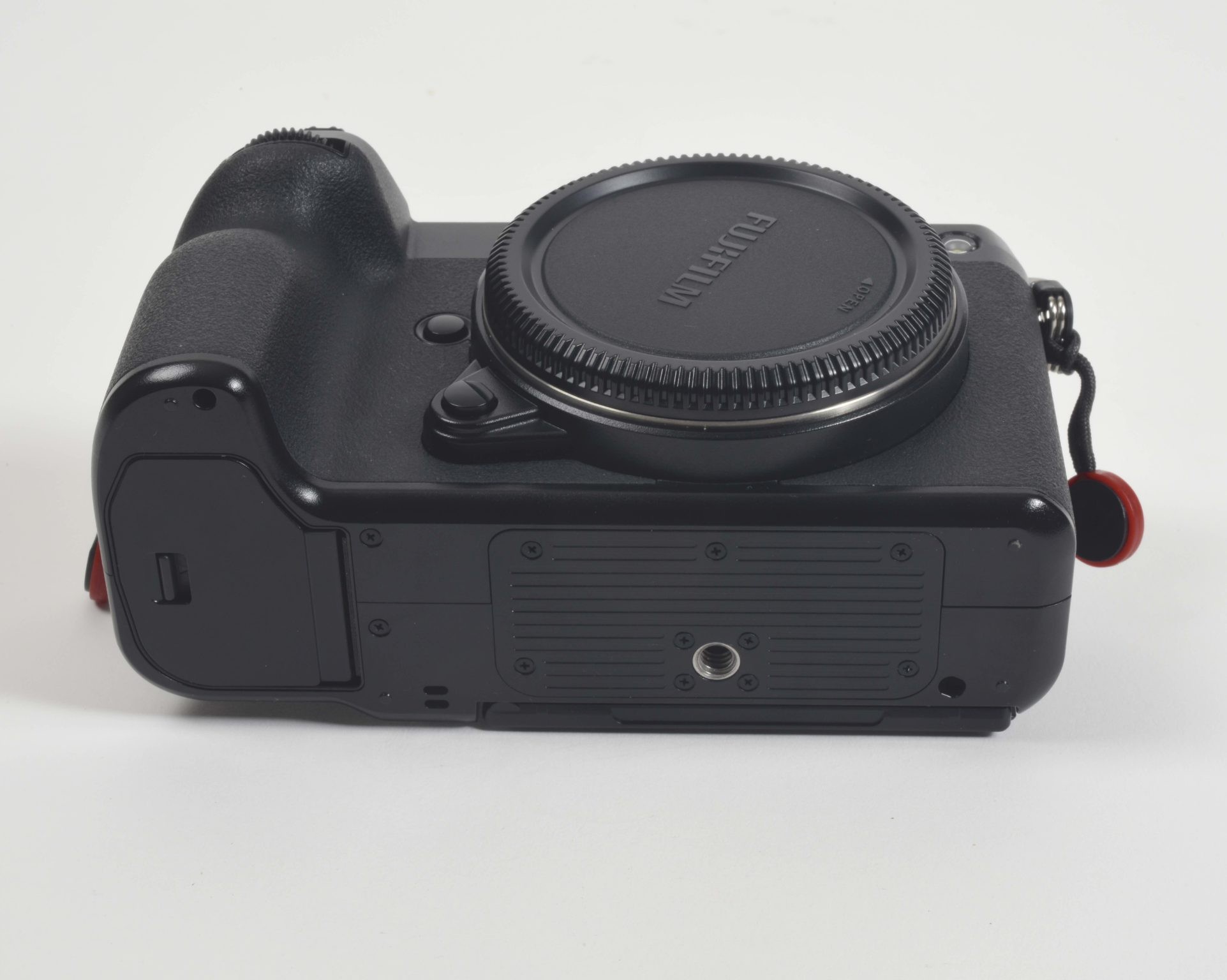
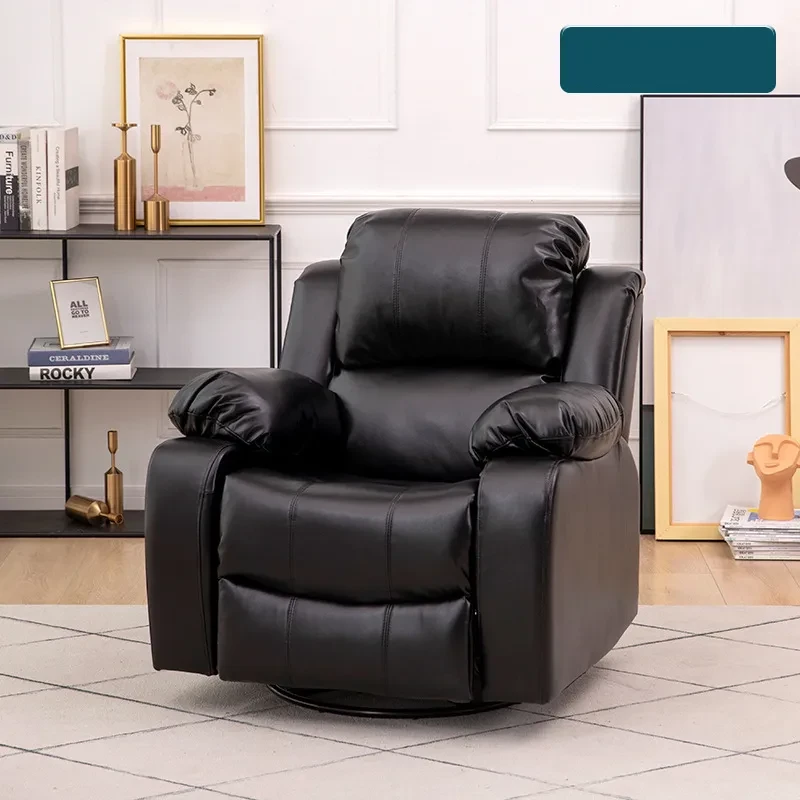

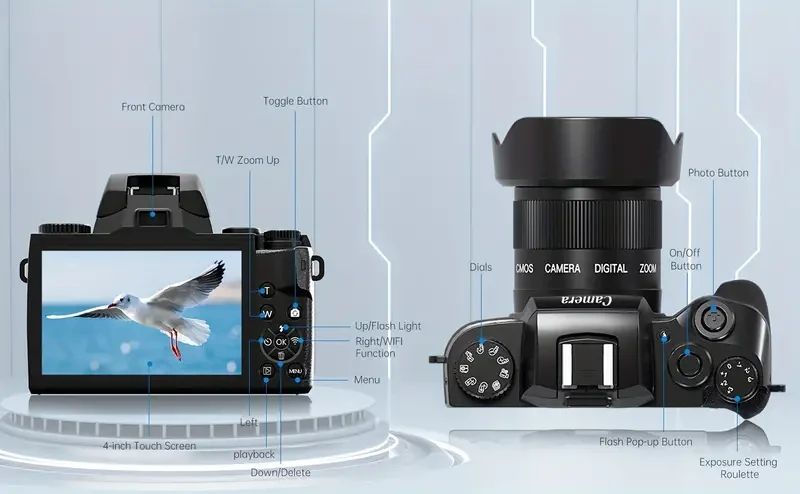
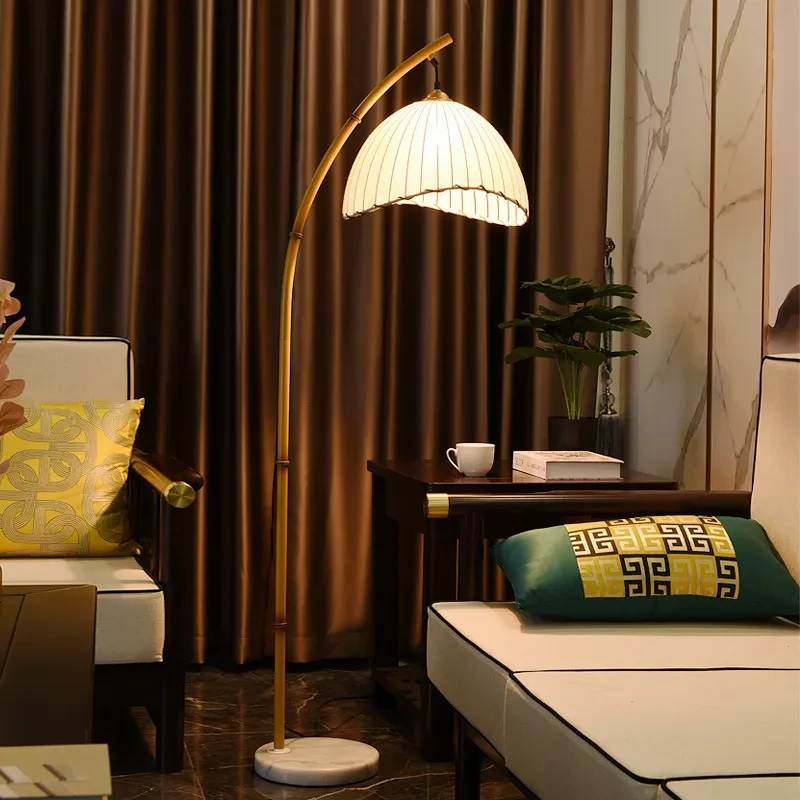
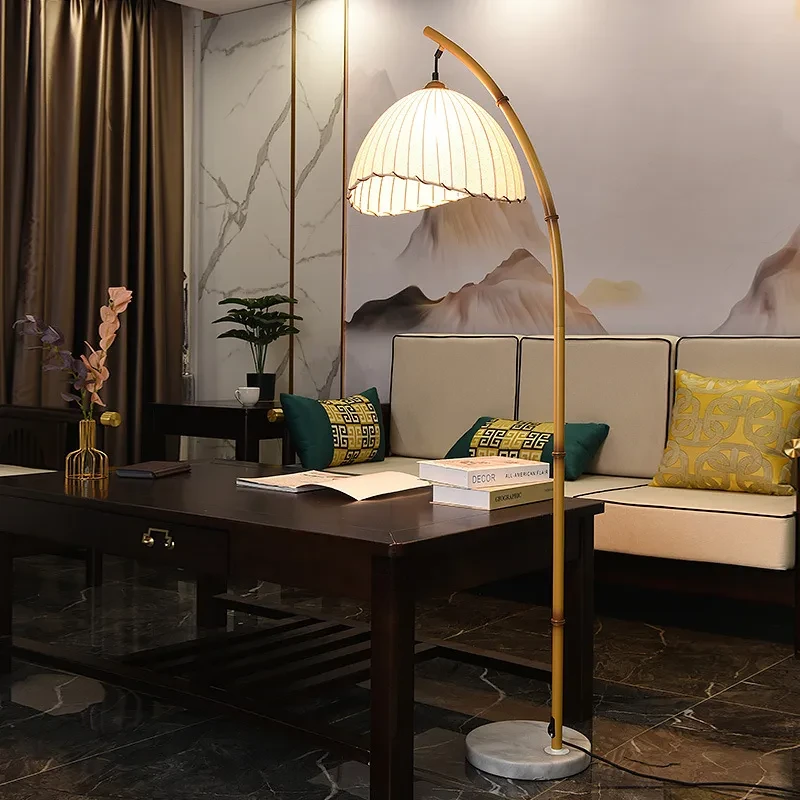


.jpg)









.jpg)





.jpeg)





.jpeg)



.jpeg)








.jpeg)



.jpeg)

.jpeg)

.jpeg)

.jpeg)




.jpeg)
.jpg)

.jpeg)






.jpeg)
.jpeg)




.jpeg)





.jpeg)


.jpeg)

.jpeg)

.jpeg)

.jpeg)







.jpeg)
.jpeg)
.jpeg)





.jpeg)



.jpeg)






.jpg)
.jpeg)









.jpg)


ulva-Logo.jpg)




.jpeg)



.png)







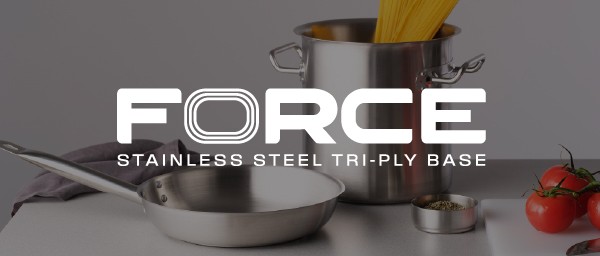







.png)
